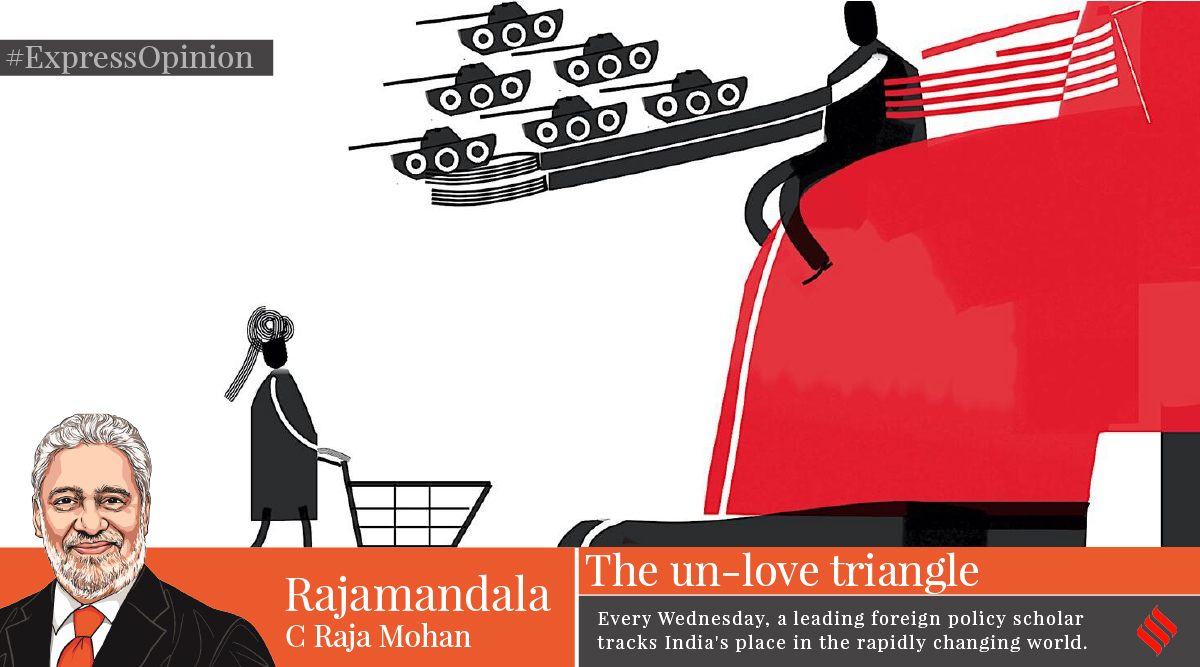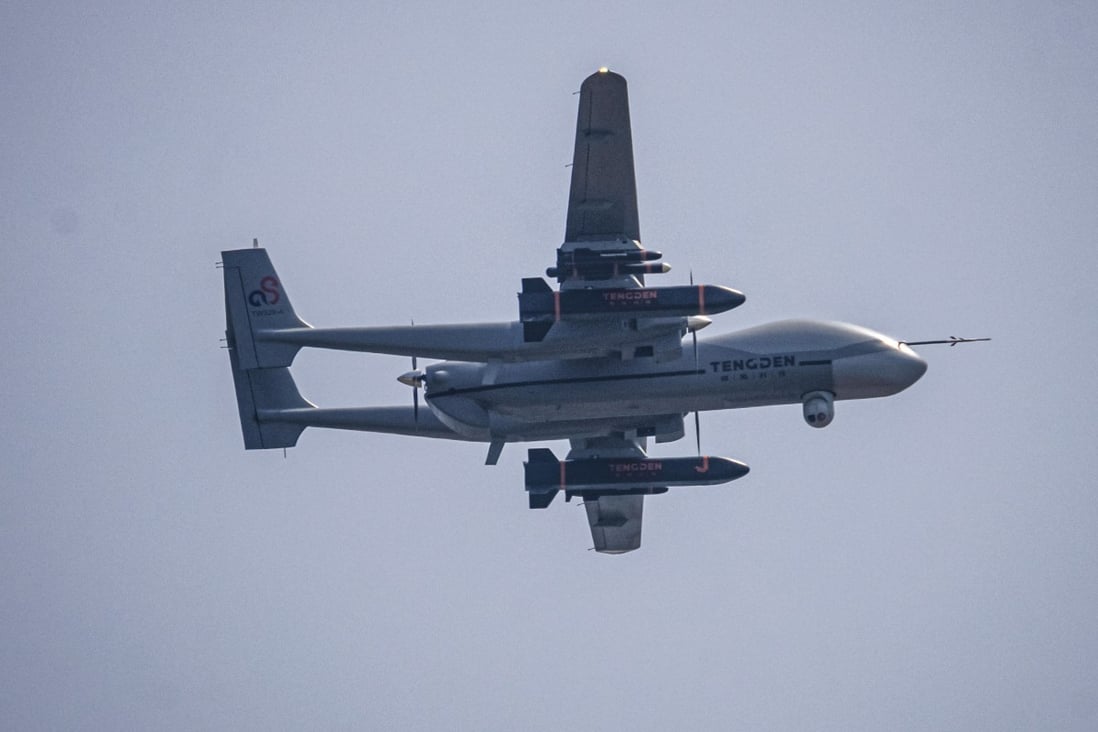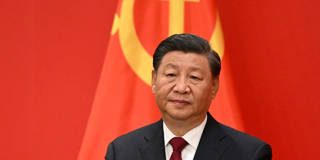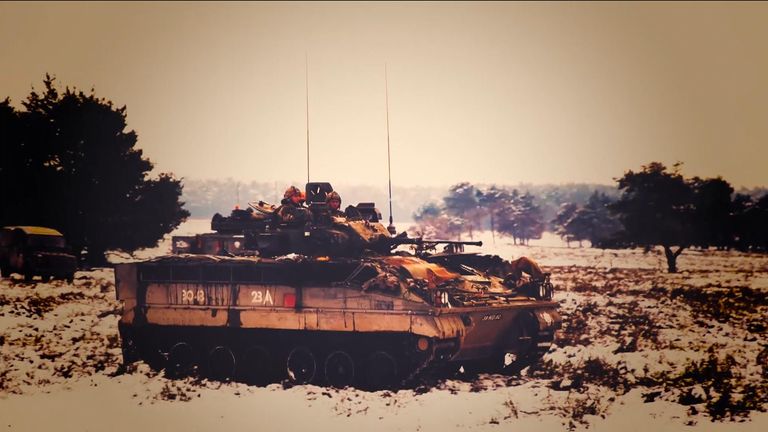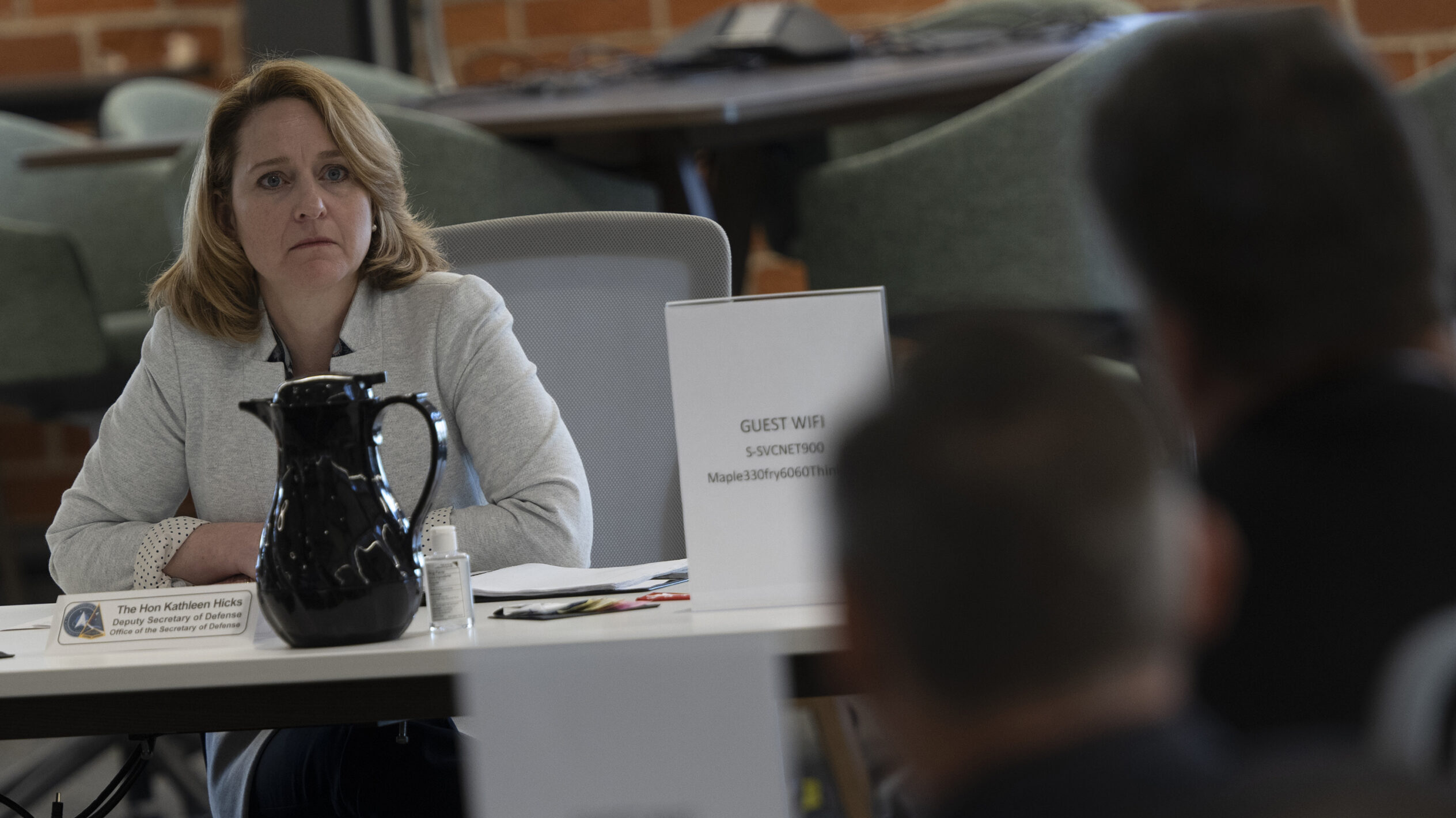China Daily
Editor's note: The world has undergone many changes and shocks in recent years. Enhanced dialogue between scholars from China and overseas is needed to build mutual understanding on many problems the world faces. For this purpose, the China Watch Institute of China Daily and the National Institute for Global Strategy, Chinese Academy of Social Sciences, jointly present this special column: The Global Strategy Dialogue, in which experts from China and abroad will offer insightful views, analysis and fresh perspectives on long-term strategic issues of global importance.
As the US tries to queer the pitch for its economy, China should offset its plan and build a sound environment to realize its development goals
China is currently facing an increasingly complex international situation in its surrounding areas with mounting uncertainties — cooperation and dialogue coexist with disputes and local conflicts. When discussing the situation in China's neighborhood, we should pay special attention to the fact that the problems are not caused by regional countries, but rather, external interference and provocations. Behind the rough winds is the United States. The international situation in China's surrounding areas is being strongly interfered in by the US.
The US has unveiled a slew of strategic measures to contain China, from its "Pivot to Asia" to "Rebalance to Asia", to the "Indo-Pacific Strategy", the "Indo-Pacific Economic Framework for Prosperity" and eventually to the formation of Quadrilateral Security Dialogue, or QUAD — a strategic security dialogue among Australia, India, Japan and the US. The ultimate goal is to contain China's rise and hinder the great rejuvenation of the Chinese nation.
The conflict in Ukraine has turned into a crisis and is spreading across Europe. Besides, the US is relentlessly stoking confrontation and instigating its allies to destabilize China's surroundings to brew new crises. Therefore, in the face of new circumstances and new challenges, China needs to focus on creating a better international environment in its surrounding areas.
